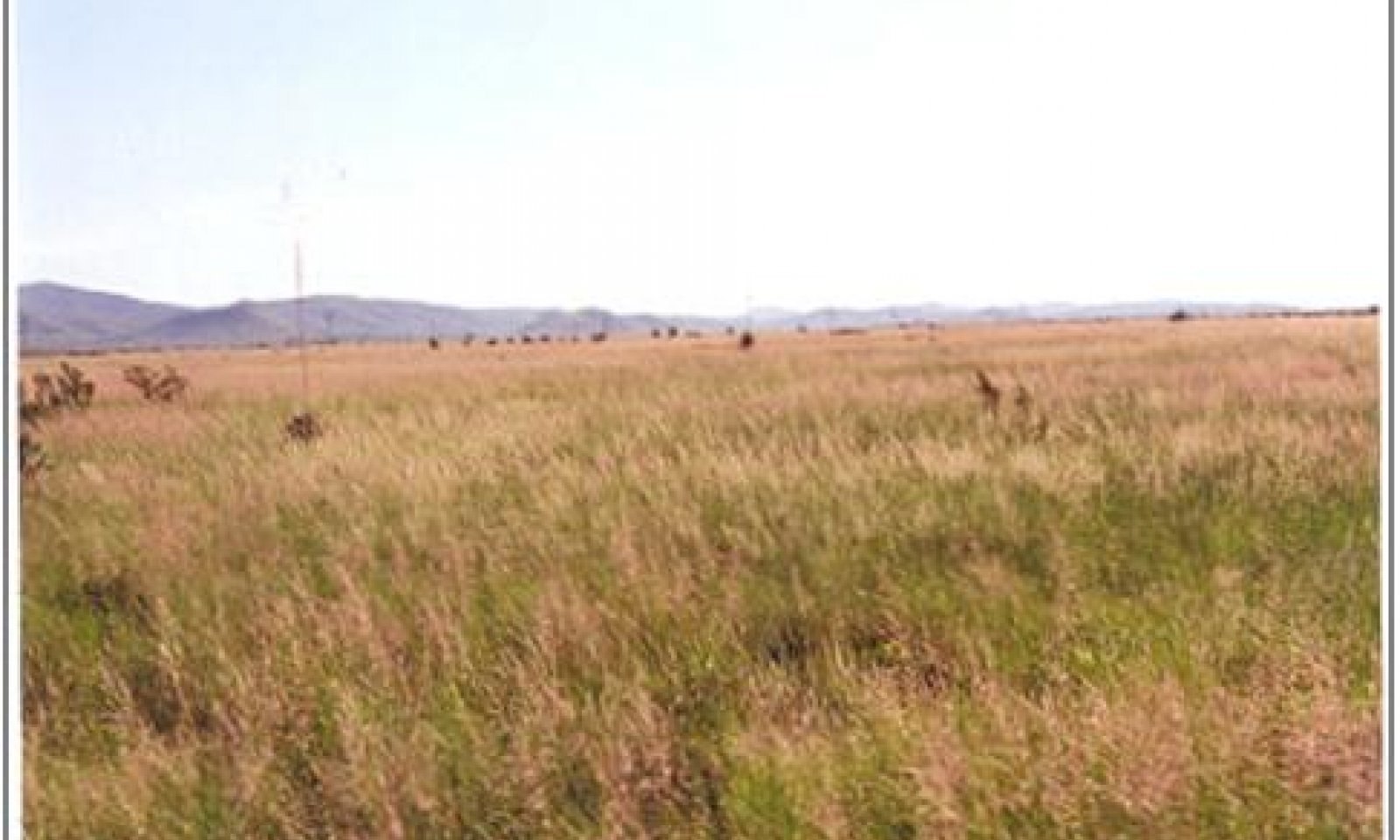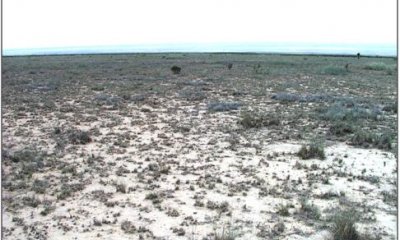
Clay Loam Upland, Dry Mixed Prairie
Scenario model
Current ecosystem state
Select a state
Management practices/drivers
Select a transition or restoration pathway
- Transition 1a More details
- Transition 1b More details
-
No transition or restoration pathway between the selected states has been described
Target ecosystem state
Select a state
Description
The historic community for this site is characterized by a dominance of alkali sacaton. Blue grama is secondary and is evenly dispersed throughout the community. A fair amount of tobosa appears in patches scattered across the site. Other common grass species include sand muhly, ear muhly and burrograss. Forb composition varies seasonally and yearly, but bladderpod and croton are two of the more consistent forbs. Shrubs are only a minor component, and occur as widely spaced individuals. Soaptree yucca is the most common shrub on this site; others include winterfat, four-wing saltbush, prickly pear and cholla. Grazing induced retrogression can cause an increase in tobosa and a decrease in alkali sacaton and more palatable species such as blue grama and vine mesquite. Drought or heavy continuous use on alkali sacaton will cause it to thin out and form clumps or tussocks with bare areas in between, thereby decreasing cover and increasing the amount of bare ground. This site however, is resistant to change if the hydrology remains intact and recovers rapidly during years of adequate precipitation.
Submodel
Description
This state is characterized by a change in hydrology. Historic vegetation is supported by run-on water from higher adjacent sites. When a road, trail, or other natural or man-made disturbances cause an obstruction or diversion of natural flow patterns the hydrology is altered. Without the run-on water the site dries. Alkali sacaton and blue grama decrease and tobosa and burrograss increase. Alkali sacaton cover is no longer uniformly distributed, the plants clump up forming tussocks with interconnected bare areas between plants. Physical crusts form in the bare areas when soil particles dislodged by erosion plug the pores in the soil, reducing infiltration. These physical crusts discourage grass seedling establishment and provide pathways for the redistribution of surface litter and organic matter. The decline of alkali sacaton and blue grama may be accelerated by decreased infiltration, drought or overgrazing.
Diagnosis: Tobosa is the dominant grass. Alkali sacaton cover is reduced and if it continues to decline becomes patchy. Burrograss cover increases and may become co-dominant with tobosa. Large connected bare patches are evident. Production is reduced compared with the sacaton grassland state.
Submodel
Mechanism
Key indicators of approach to transition:
Reduction in alkali sacaton and blue grama cover and increase in size and frequency of bare patches.
Increase in tobosa and or burrograss cover.
The formation of roads, gullies or other features (on or off site) that disrupts natural overland flow on site.
Formation of physical crusts—indicating loss of organic matter and decrease in soil aggregate stability and reduced infiltration.1
Evidence of litter movement—indicating loss or redistribution of organic matter.
Model keys
Briefcase
Add ecological sites and Major Land Resource Areas to your briefcase by clicking on the briefcase (![]() ) icon wherever it occurs. Drag and drop items to reorder. Cookies are used to store briefcase items between browsing sessions. Because of this, the number of items that can be added to your briefcase is limited, and briefcase items added on one device and browser cannot be accessed from another device or browser. Users who do not wish to place cookies on their devices should not use the briefcase tool. Briefcase cookies serve no other purpose than described here and are deleted whenever browsing history is cleared.
) icon wherever it occurs. Drag and drop items to reorder. Cookies are used to store briefcase items between browsing sessions. Because of this, the number of items that can be added to your briefcase is limited, and briefcase items added on one device and browser cannot be accessed from another device or browser. Users who do not wish to place cookies on their devices should not use the briefcase tool. Briefcase cookies serve no other purpose than described here and are deleted whenever browsing history is cleared.
Ecological sites
Major Land Resource Areas
The Ecosystem Dynamics Interpretive Tool is an information system framework developed by the USDA-ARS Jornada Experimental Range, USDA Natural Resources Conservation Service, and New Mexico State University.


